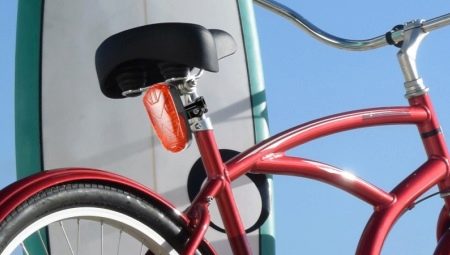A GPS tracker for a bicycle is a useful device that allows you to fully control the location of a two-wheeled vehicle. Such an anti-theft device is similar to a car alarm and allows you to track the route of its movement in case of loss of transport. The ultra-compact sensor does not take up much space and often disguises itself as a flashlight or other electronic device, without causing interest from intruders. You can install a GPS tracker on almost any bike model without making a lot of physical effort.
How to choose the best bicycle GPS beacon? What useful options should a bike owner pay attention to? It is worthwhile to take a closer look at the existing types of GPS trackers and tips for using them to get a complete picture of the capabilities of this electronic device.
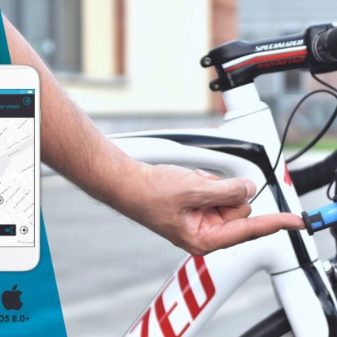
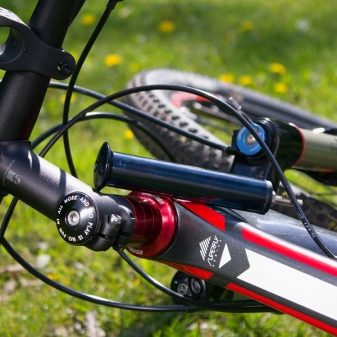
Types and main functions
All electronic GPS trackers for bicycles work on the same principle: periodically, the chip communicates with the satellite and sends the coordinates of the location of the vehicle to the owner. There are four types of lighthouses.
- Continuous action. They are not disconnected, but constantly monitor data and communicate with the database according to the established frequency of information exchange. The battery consumption of such devices is the highest.
- Included. They are activated using a special button or an inductive type key. You can activate it at will, but there is a risk of recognition of the presence of protection by intruders.
- Intelligent. You can activate the protection mode through the application on your smartphone or via SMS.The most accurate in terms of control, you can always carry out monitoring online.
- GPS beacon may additionally include a bicycle motion sensor, but this feature is found mainly in models of a high price category.
They send the owner an alert that the equipment is in motion or the risk of dismantling is increased.
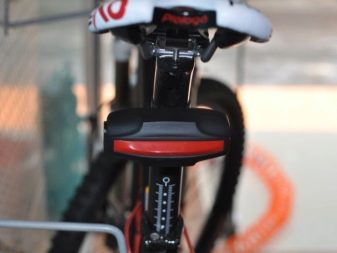
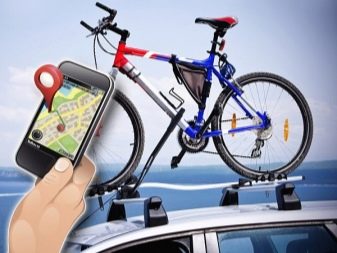
Additional options
In addition to the basic set of functions, most types of bicycle GPS trackers have additional options. Among the most demanded can be noted the presence of a built-in GPS receiver - It will consume less power than on a smartphone, while the accuracy of the data will not decrease. Information from the chip via Bluetooth is transmitted to any paired device, making it possible to turn it into a full-fledged road navigator for trips and trips.
No less useful is another option that allows you to use the beacon also and how sports tracker. It captures all the data during the movement along the route, and then they can be extracted using special applications, view the distance traveled, even measure some parameters and analyze them. Typically, the list of data taken into account includes information about loads, speed, and distance traveled.
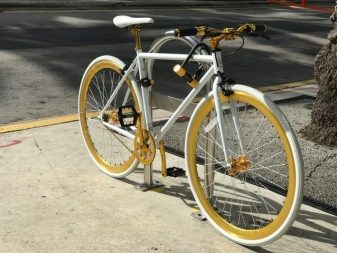
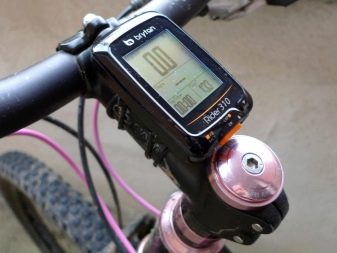
Management methods
The most obvious and modern way to receive signals from a GPS tracker is manufacturer’s mobile application. Here you can configure the frequency of alerts and other options, activate the work in additional modes. But this control method is used quite rarely - options that are similar to classic anti-theft systems are much more common.
Receiving GSM notifications requires a SIM card slot and significantly speeds up battery consumption. In fact, the transmitter simply works through the operator’s base station, the message passes through the GPRS connection, and it will have to be paid separately. Not the most convenient way, but it is he who is most often found. Another option for controlling the tracker is to use SMS. Short messages are sent to the owner’s device. Despite the archaic nature of the technology, it is quite popular.
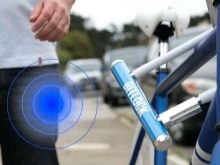
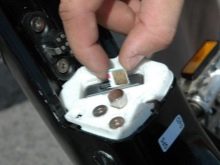
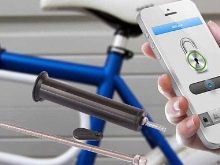
Mounting method
Since the bike offers far fewer options for flush mounting, GPS beacon manufacturers are making some efforts to maximize the disguise of their products. The following are the most popular installation options.
- In the frame, more precisely - to the steering column. The cylindrical tracker is mounted under the anchor, but this method of hiding the device is the most obvious and is not suitable for every bike. But removing it for recharging will not be too convenient. Among the advantages of this option is the ease of hidden key activation, high signal quality.
- In the seatpost. Installation is carried out by analogy with the frame version, but the constant dismantling of the saddle for charging will require some effort. And the thickened tube of the frame here can drown out the signal. Of the benefits - a very hidden installation.
- In the taillight. The easiest to install and maintain, dimensions do not change, the signal is excellent. But hijackers are well aware of this trick - the tracker can quickly recognize and disable.
And in the event of a fall or accident, it can also break.
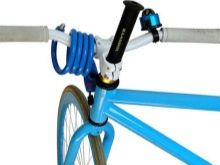

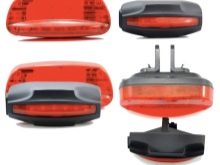
Key Selection Factors
The price of anti-theft lighthouses on the market starts from 2000 rubles for Chinese-made models. They are bought most often at foreign online auctions, have the simplest SMS management and limited functionality. It is worth examining the reviews - many of these trackers do not work on Russian networks.
A more expensive market segment offers options from 5,000 rubles. Here are models that work through applications or GSM-connection, holding a charge of more than 7 days. Among the advantages of such a technique - the ability to configure artificial intelligence to track specific threats. In many cases, together with the tracker, the manufacturer provides a SIM card and access to an account on the remote control service.
When choosing a model in any category it is also worthwhile to clarify the temperature range recommended for use, otherwise during the winter bike ride you may encounter the problem of breakage of the lighthouse. In addition, battery life is of great importance - in the best models it reaches 30 days.
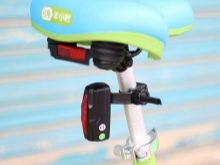
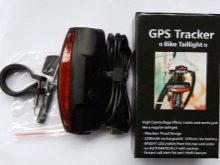
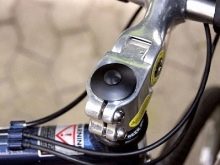
Usage Tips
If we are talking about devices with SIM cards, they will need additional activation - it is described by the manufacturer in technical documents. It is only worth considering that you need to send an activation command to the device from the number to which you plan to receive alerts in the future.
When installing the tracker, you should follow certain precautions. By choosing hidden placement, do not tell friends and acquaintances about it. When mounting outside the enclosure, it is best to select locations with the least risk of shock or breakage. It is better to set up a device with a motion sensor to an average level of sensitivity - then a smart technique will not react sharply to every gust of wind, but if necessary it will definitely give an alarm signal.
For extreme use of cycling, you should ensure that the bike tracker is protected from moisture and dirt. Do not exceed the recommended temperature range, otherwise the device may simply fail.
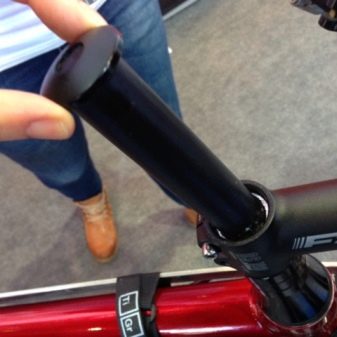
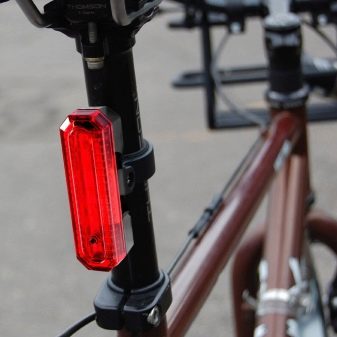
In the next video you will find a detailed overview of the GSM / GPRS / GPS tracker for a bicycle.
